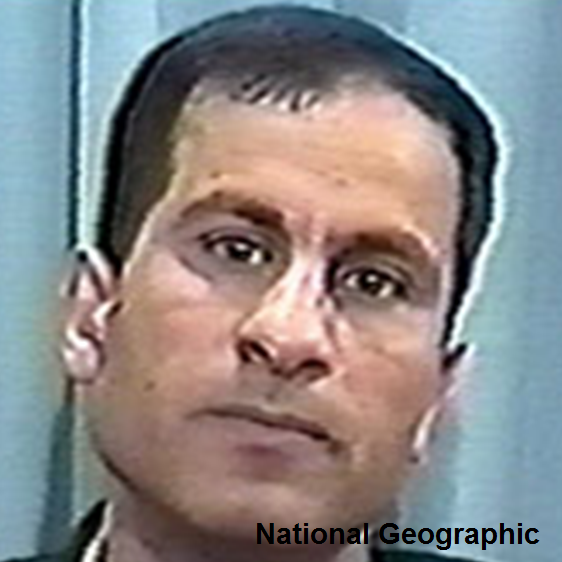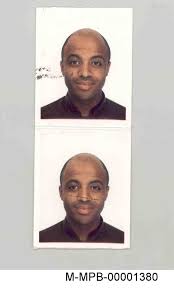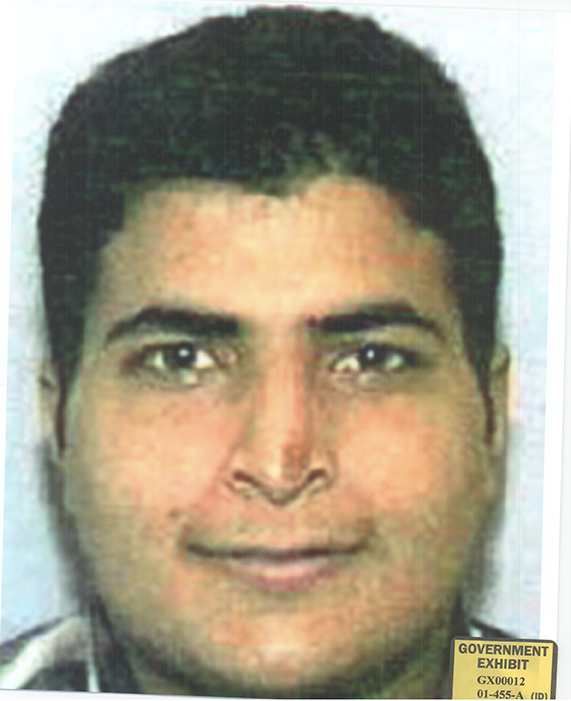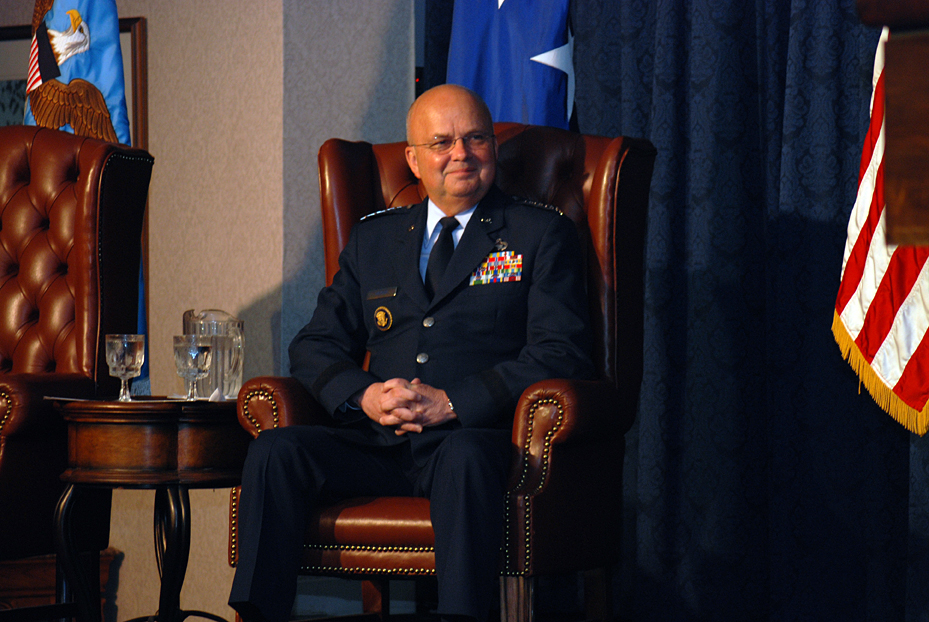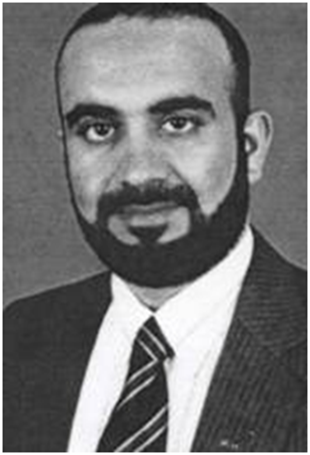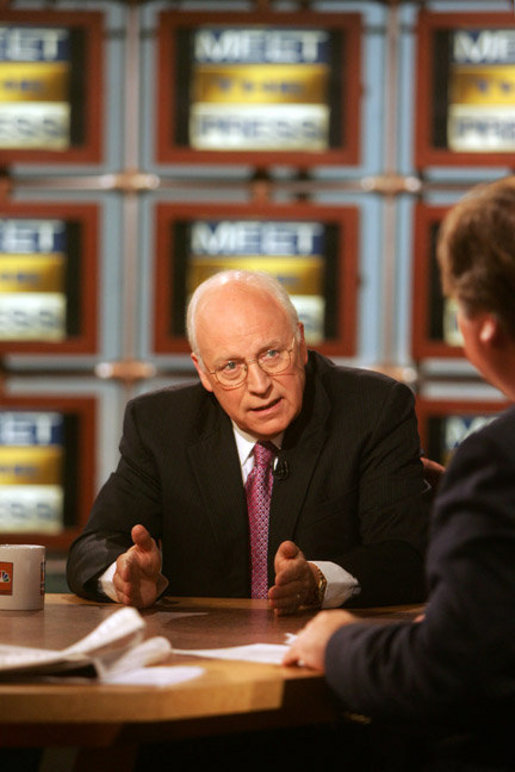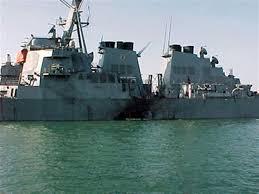President Bill Clinton signs Presidential Decision Directive (PDD) 67, Enduring Constitutional Government and Continuity of Government Operations, the first major post-Cold War re-articulation of plans for survival of the presidency and continuity of the federal government.
PDD-67 covers president continuity of government, enduring constitutional government (ECG—which relates to presidential successors outside the executive branch and continuity of Congress and the Supreme Court), and continuity of operations planning (COOP—which applies to the day-to-day business operations of non-national security agencies of the government). PDD-67 states that the purpose of enduring constitutional government (ECG), continuity of government (COG), and continuity of operations (COOP) is to ensure survival of a constitutional form of government and the continuity of essential federal functions. The directive requires every federal department and agency to submit a new COG plan.
PDD-67 replaced the Bush administration’s National Security Directive 69 (NSD-69), Enduring Constitutional Government of 2 June 1992, which in turn succeeded NSD-37, Enduring Constitutional Government, 18 April 1990 and National Security Decision Directive (NSDD) 55, Enduring National Leadership, 14 September 1982.
President Clinton’s new directive moves the COG system further away from sole preparation for nuclear war towards a day-to-day posture that also does not rely upon underground bunkers. But it does “require” evacuation of presidential successors when a continuity event is declared, measures that would be ignored both on 9/11 and during the 2020 Covid-19 pandemic.
